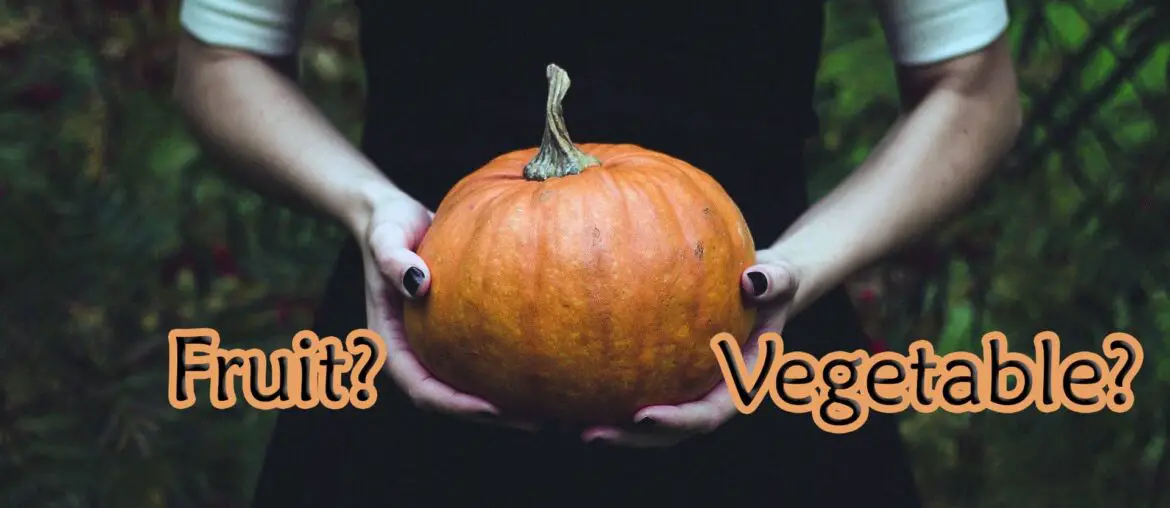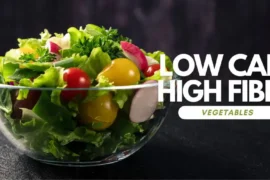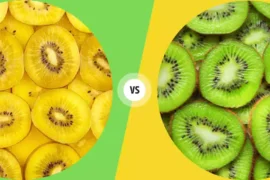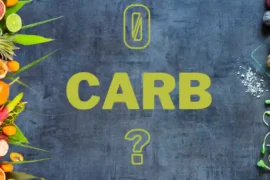Pumpkin originated from Mexico to Central America. It was later spread to other places and widely cultivated worldwide. Pumpkin likes temperatures and has low requirements for soil.
Pumpkin is a common delicacy that we usually eat. It has a sweet taste and can be used as a medicine. It is often cooked as a meal or dried as a snack. Soft pumpkin vines are also commonly used vegetables, and pumpkin seeds are our most common melon seeds.
Pumpkins are a plant family, and they have several varieties. Winter varieties include winter squash, acorn squash, delicata squash, pumpkin, bamboo shoot squash, kabocha, and spaghetti pumpkin. Zucchini, whether straight neck or curved neck, are considered summer pumpkins.
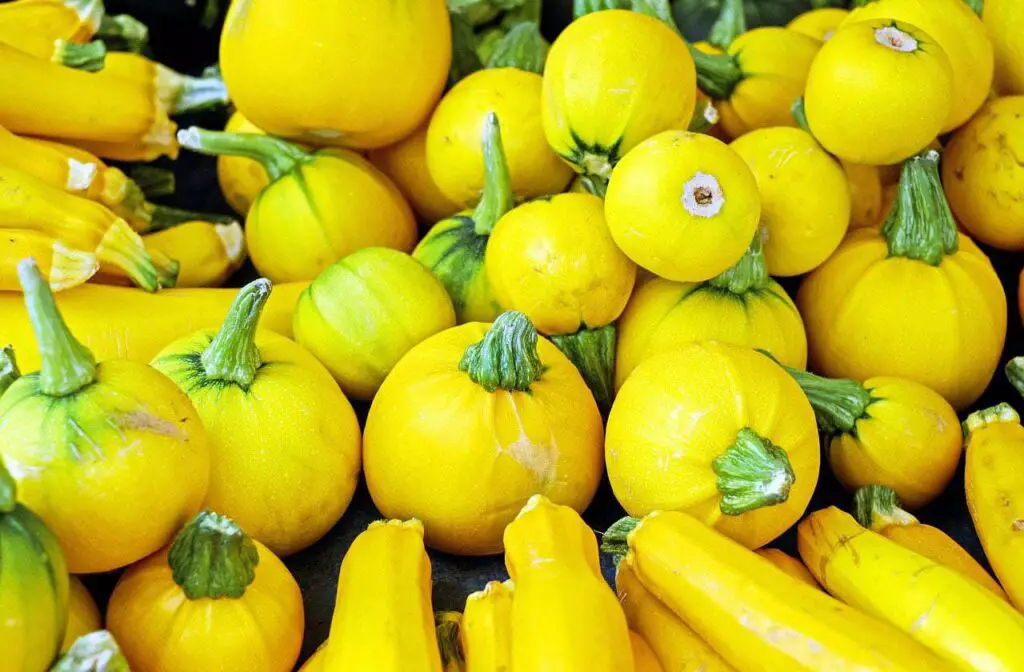
However, the pumpkin classification can be confusing.
Most pumpkins have bright colors and are similar to fruits, but they are as soft and flavorful as vegetables.
Let’s have a look is a pumpkin a fruit or a vegetable
In botany, it is called a fruit
Water fruits usually contain seeds, and they grow from plant flowers. But vegetables are the roots, stems, or leaves of plants.
Usually, not everyone agrees with these botanical definitions. But this method is widely used to distinguish fruits from vegetables.
Therefore, according to this botanical classification, a pumpkin is considered a fruit variety.
Don’t be surprised.
Pumpkin is not the only plant that is confused with vegetables. Other fruits often referred to as vegetables include tomatoes, eggplant, avocados, and cucumbers.
Is a pumpkin a fruit or a vegetable ?
This question concludes that a pumpkin is a fruit of botany, but used as a vegetable for cooking. It contains seeds and grows from flowers produced by plants.
Pumpkin used as a vegetable for cooking
Many people think of pumpkin as a vegetable because it is usually prepared as a vegetable. However, the definition of cooking a fruit relates to the sweet and fleshy part of the plant. Some varieties of pumpkins are slightly sweet, but they are not as sweet as regular fruits.
Instead, the flavor of the pumpkin is predominantly earthy. If some pumpkin is not used for sweetness, it is prepared and eaten as a vegetable. Pumpkin is used for dessert, except for certain varieties. Such as pie.
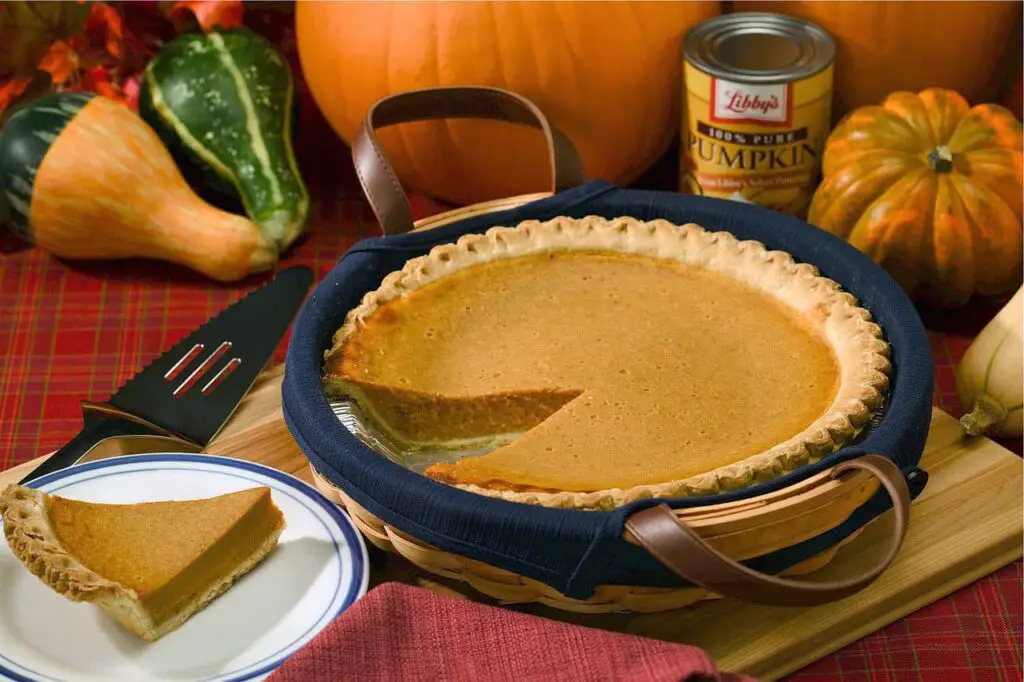
Pumpkins are generally not eaten raw like fruit. But zucchini and yellow summer pumpkin can be eaten raw.
It is often seen as a delicious ingredient cooked with other vegetables.
Finally, in botany, though pumpkin is a fruit, it is cooked mainly as a vegetable.
Different ways to eat pumpkin
There are many ways to eat pumpkins. You can eat a whole pumpkin plant, including meat, skin, leaves, flowers, and seeds. You can buy pumpkins year-round in most supermarkets and farmer’s markets.
Winter pumpkins, such as acorn squash, delicata squash, and winter squash, are abundant from early autumn to late spring. They have green, yellow, or orange skin and brightly colored flesh, with different yellows and oranges.
Usually, summer squash, including zucchini and curvy neck squash, is common from June to September. These varieties have yellow or green skin and white flesh.
Pumpkins are usually baked, boiled, or steamed in winter. It is usually very delicious to eat with butter or olive oil and delicious condiment.
You can add ripe winter pumpkins to salads and soups. Or you can fill it with acorns, cooked foods, Hubbard meat, beans, or other vegetables.
In winter, you can bake pumpkin seeds into a delicious dish. Then, you can turn that into a crispy snack with oil and salt.
Read about Natural Appetite stimulants for elderly
Zucchini and yellow curved neck squash are usually fried, minced, or dried with olive oil and garlic or added to sweetbreads and muffins. Because they can grow spirally, they become a less carb alternative to noodles.
All types of pumpkins are nutritious and can be used as a supplement to a healthy diet. Winter squash is usually rich in fiber, vitamin A and potassium. Summer squash is rich in B vitamins and Vitamin C.
In addition, let’s look at the nutritional value of pumpkin in detail.
Nutritional value of pumpkin
| Polysaccharide | Pumpkin polysaccharide is a kind of non-specific immune enhancer. It can improve the immune function of the body, promote the production of cytokines. It performs various regulatory functions by activating complement and other mechanisms of the immune system. |
| Carotenoids | Pumpkin is rich in carotenoids. It can convert them to Vitamin A, which is important for the physiological functions of the body. That is, affecting the epithelial tissue, which is important to normal vision. It helps promote bone growth. |
| Pectin | The pectin contained in pumpkin can regulate the rate of absorption of food in the stomach. It can slow down the absorption of sugar. It can control blood sugar after eating. Soluble cellulose contained in these can delay the disposal of food in the stomach. Pectin can be combined with excess cholesterol in the body, reducing cholesterol absorption and lowering cholesterol concentration in the blood. |
| Mineral Elements | Pumpkin is the first of all kinds of vegetables that contain cobalt. Cobalt can activate the human body’s metabolism and promote blood production. It also engages in synthesizing vitamin B12, an essential trace for the human body, a necessary trace element for human islet cells. Mannitol in pumpkin minimizes the damage done to the human body by feces. It also helps to eliminate carcinogenic nitrous acid in the digestive tract. Pumpkin can eliminate the carcinogenic nitrosamine mutation Pumpkin is rich in zinc and is involved in the synthesis of nucleic acid and protein in the human body |
| Amino Acids | Pumpkin contains amino acids that the human body needs, including lysine, leucine, isoleucine, phenylalanine, threonine. The ascorbic acid oxide genotype found in cauliflower is similar to tobacco. But its activity is significantly higher than that of tobacco, showing the pumpkin’s immune function. |
Pumpkin leaf contains various vitamins and minerals, in which vitamin C content is very high, so it has excellent heat-clearing and detoxifying effect, used in summer.
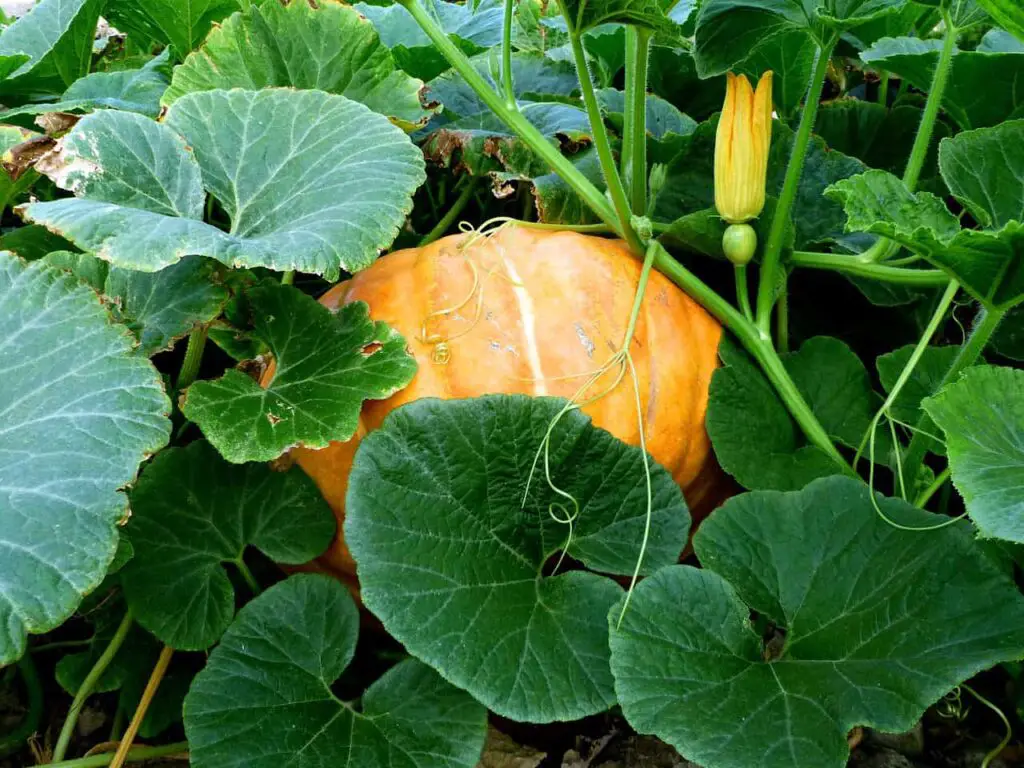
Pumpkin leaves boiled water to drink. Therefore, it can play a role in relieving heat.
The abundant carotenoids in pumpkin can be converted into vitamin A with important physiological functions in the body. This is conducive to the growth and differentiation of epithelial tissues, maintains normal vision, and promotes bone development.

